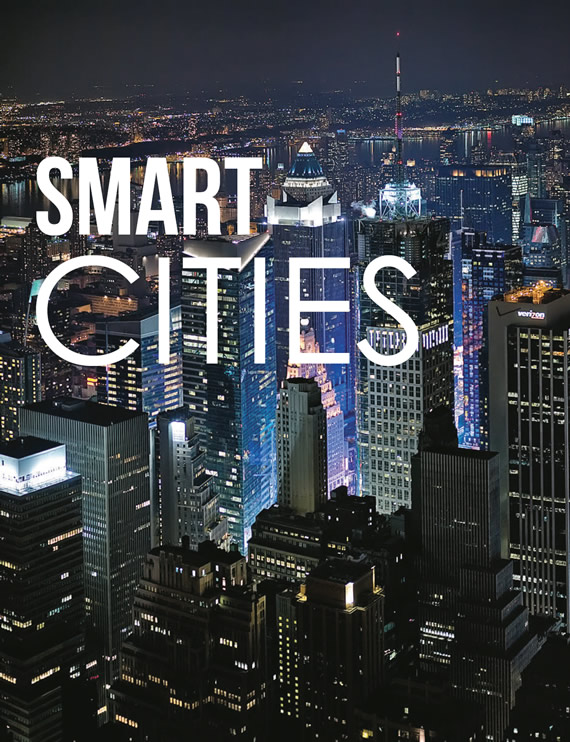Smart Cities

The Fourth George C. Marshall Visit to Austria Program on Smart Cities and Urban Technologies
Sharing the EU’s goal of 80 percent carbon emission reduction by 2050, Austria has invested a lot of time, energy and other resources in projects promoting innovative urban development and new technologies to further the usage of renewable energy sources. Smart Cities are designed to improve the general quality of life and offer intelligent solutions to increase the economic viability of conurbations in industrial countries.
In order to make this happen, there is a crucial demand for new technologies, especially in the field of energy, and a clear paradigm shift in understanding and excelling in city planning and urban development. Smart City projects range from intelligent traffic systems to minimize emission and traffic jams in Sweden to intelligent water management systems to improve the quality of tap water in Brazil.
Smart Cities in Austria
Austria’s capital city Vienna, has been ranked as the city with the highest quality of life for two years in a row according to Mercer, and is also deeply committed to building a smart and sustainable region. City agencies in Vienna have worked together intensively to minimize private automobile usage and energy consumption.
In order to motivate the Viennese to leave their cars at home, the local transportation network supports more sustainable commuting with new bike lanes and modern tram cars. Retrofitting of buildings and higher investments in renewable energy, including everything from solar roofs to waste-to-energy plants, were introduced to help reduce the city’s annual energy consumption.
So far the measures taken by the city have yielded great results.The Austrian capital managed to reduce its annual carbon emission by 3.8 million tons. Over 70 percent of Viennese residents are either traveling by bicycle, public transportation, or are walking.
The Smart City Project Graz Mitte, which is currently underway, demonstrates urban technologies for using renewable resources in order to minimize emissions within the city center. The project’s main target is to create a sustainable and smart city district with the highest possible quality of life, achieved with minimal use of resources.
The Smart City project is part of a mutual European and Austrian political agenda concerned with climate protectio n, more political influence in urban planning, and generous subsidy schemes which create a favorable environment and incentives for policy makers, industry, and the public.They are encouraged to collaborate on innovative solutions for the cities and metropolitan areas of tomorrow.
Marshall Visit to Austria
This year’s Marshall Visit to Austria led the U.S. delegation, which included representatives from the cities of Chicago, Atlanta, and Los Angeles, the U.S. Conference of Mayors, the Environmental Protection Agency, the Department of Energy, the Urban Land Institute, as well as the Brookings Institution’s Metropolitan Policy Program to Vienna and Graz.
There, the experts observed the progress of the successful projects implemented and listened to presentations focusing on Austria’s perspective on sustainable city management. In the end, the visiting group of U.S. experts agreed that “Austria is probably 10 years ahead of the U.S. in regard to urban planning and implemented technologies.”
The George C. Marshall Visit to Austria Program was established in 2007 by the Austrian government to recognize the assistance Austria received from the U.S. after World War II. Every year, the program brings to Austria a group of decision makers from the U.S. Congress and administration, various federal and state-level agencies, think tanks and industry associations to highlight Austrian innovations in industry and technology.
